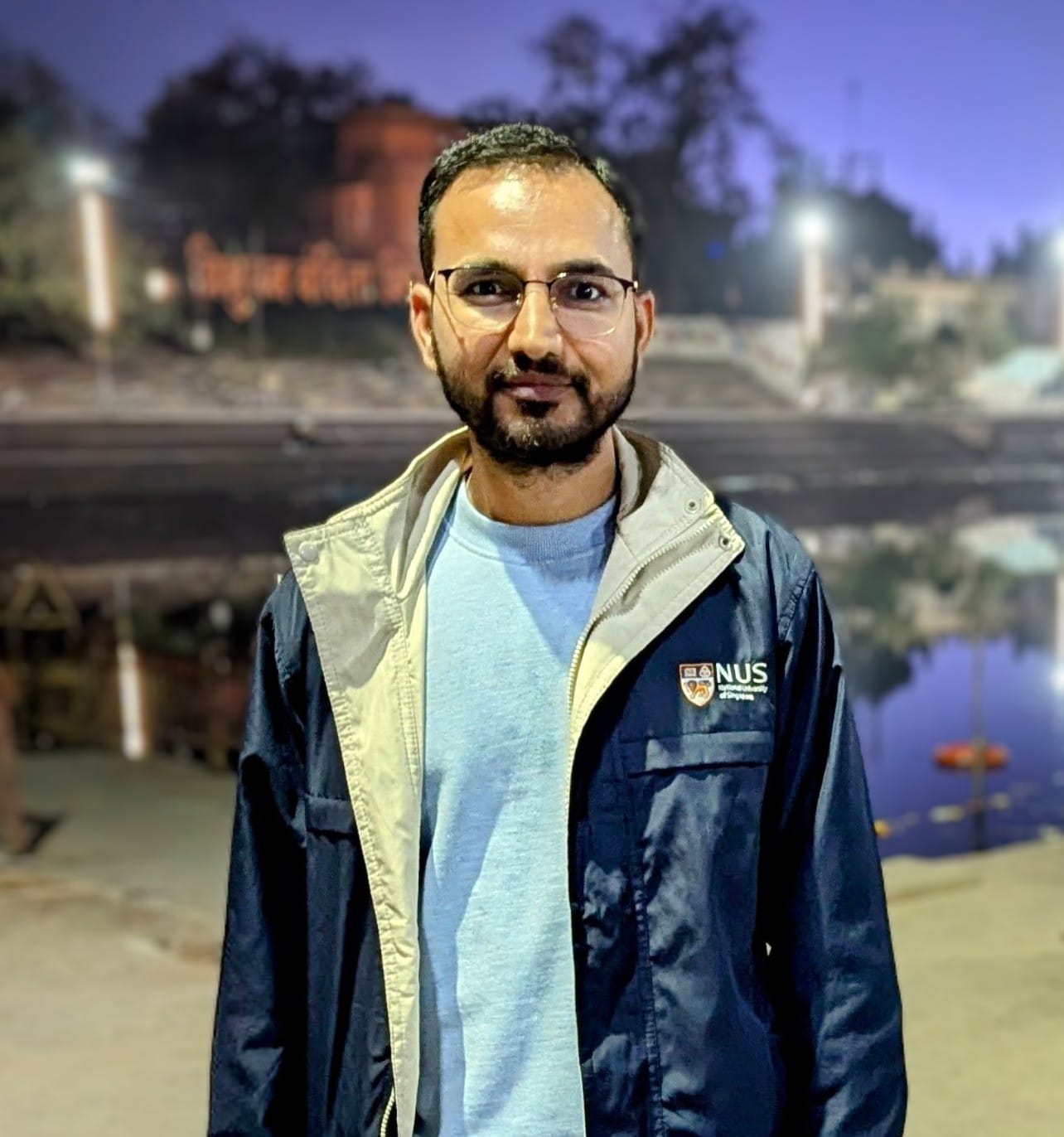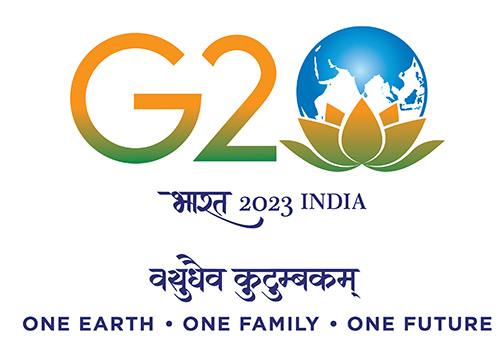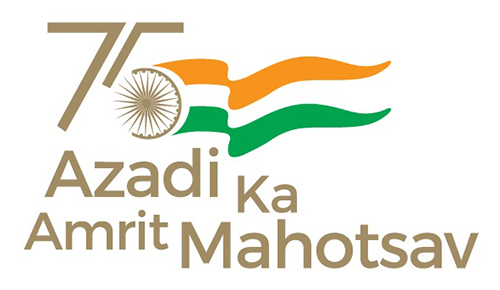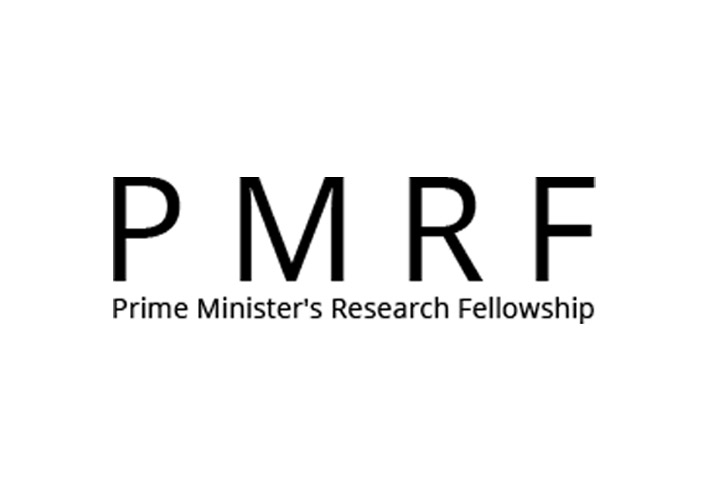Dushyant Kumar

Dushyant Kumar
Assistant ProfessorBiography
Dr. Dushyant Kumar is currently an Assistant Professor in the Department of Physics at the Indian Institute of Technology Jodhpur (IITJ), having joined in March 2025. Previously, he held the position of Assistant Professor at Netaji Subhas University of Technology (NSUT) in New Delhi from November 2022 to March 2025. Prior to that, Dr. Dushyant worked as a Postdoctoral Fellow at the National University of Singapore (NUS) between 2016 and 2022. He was awarded his Ph.D. in Physics from the Indian Institute of Technology Kanpur (IITK) in 2016. Between thesis submission to degree award, he contributed his expertise as SRF at the National Physical Laboratory (NPL) New Delhi. His academic foundation was laid in 2009 with M.Sc. in Physics as a Gold Medalist from Banaras Hindu University (BHU), Varanasi.
Research
Dr. Dushyant Kumar's research investigates the fundamental properties and applications of novel quantum materials, with a significant emphasis on two-dimensional topological quantum materials. His work explores their intrinsic quantum properties, including nonlinearity, for applications in spintronics, energy harvesting, and sensing. His research group employs advanced device fabrication techniques, such as e-beam lithography, for the development of components relevant to quantum communication and quantum computing. The group's activities encompass thin film growth, device fabrication, and comprehensive electrical transport and optical measurements.
His key research interests include
- Topological quantum materials for next-generation spintronic devices.
- Spin texture characterization in topological materials and perovskites.
- Nonlinear quantum properties for sensing and energy harvesting applications.
- Quantum rectification at high frequencies, spanning 4G, 5G, and up to THz.
- Device development for quantum communication and quantum computing technologies.













